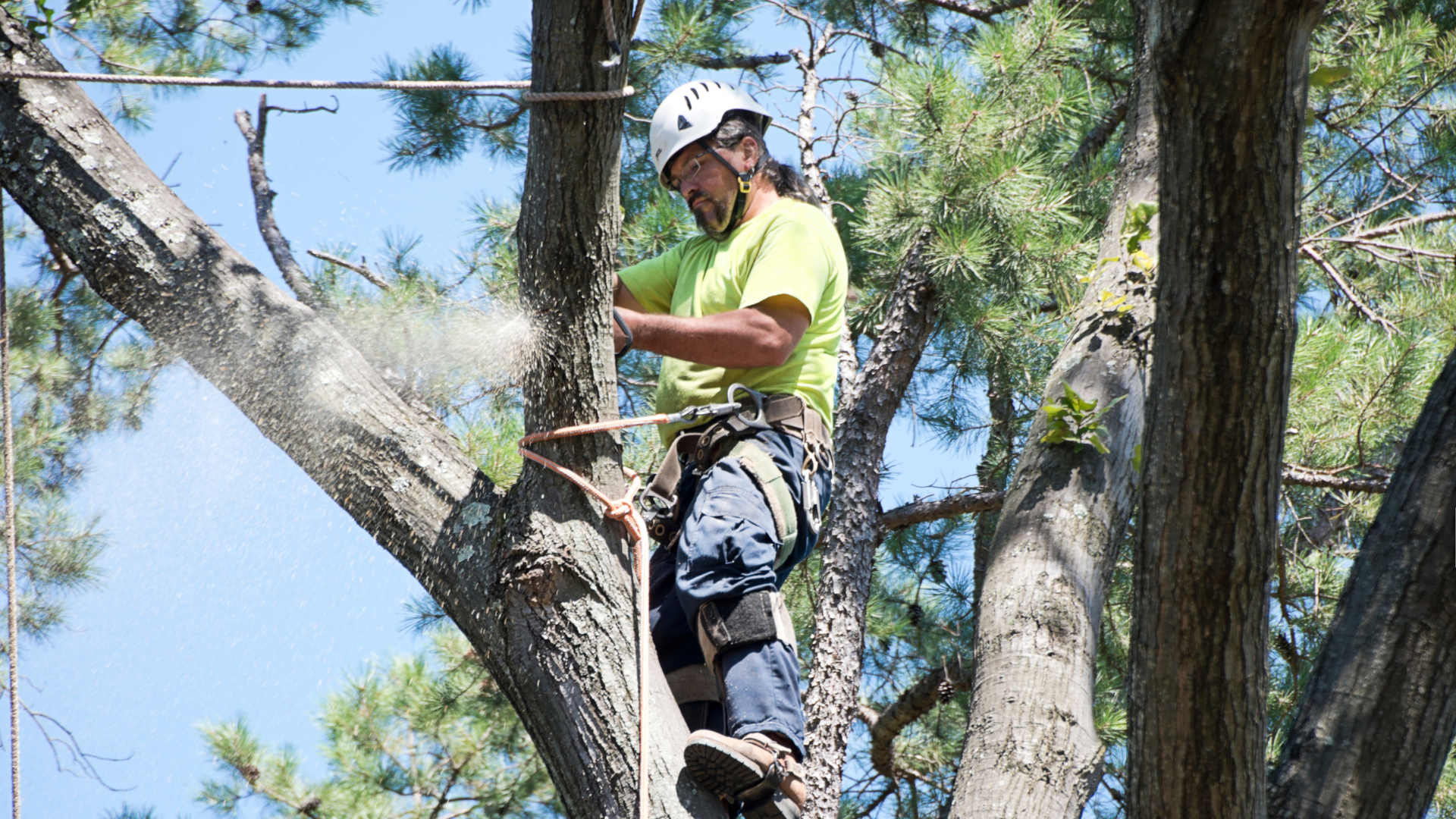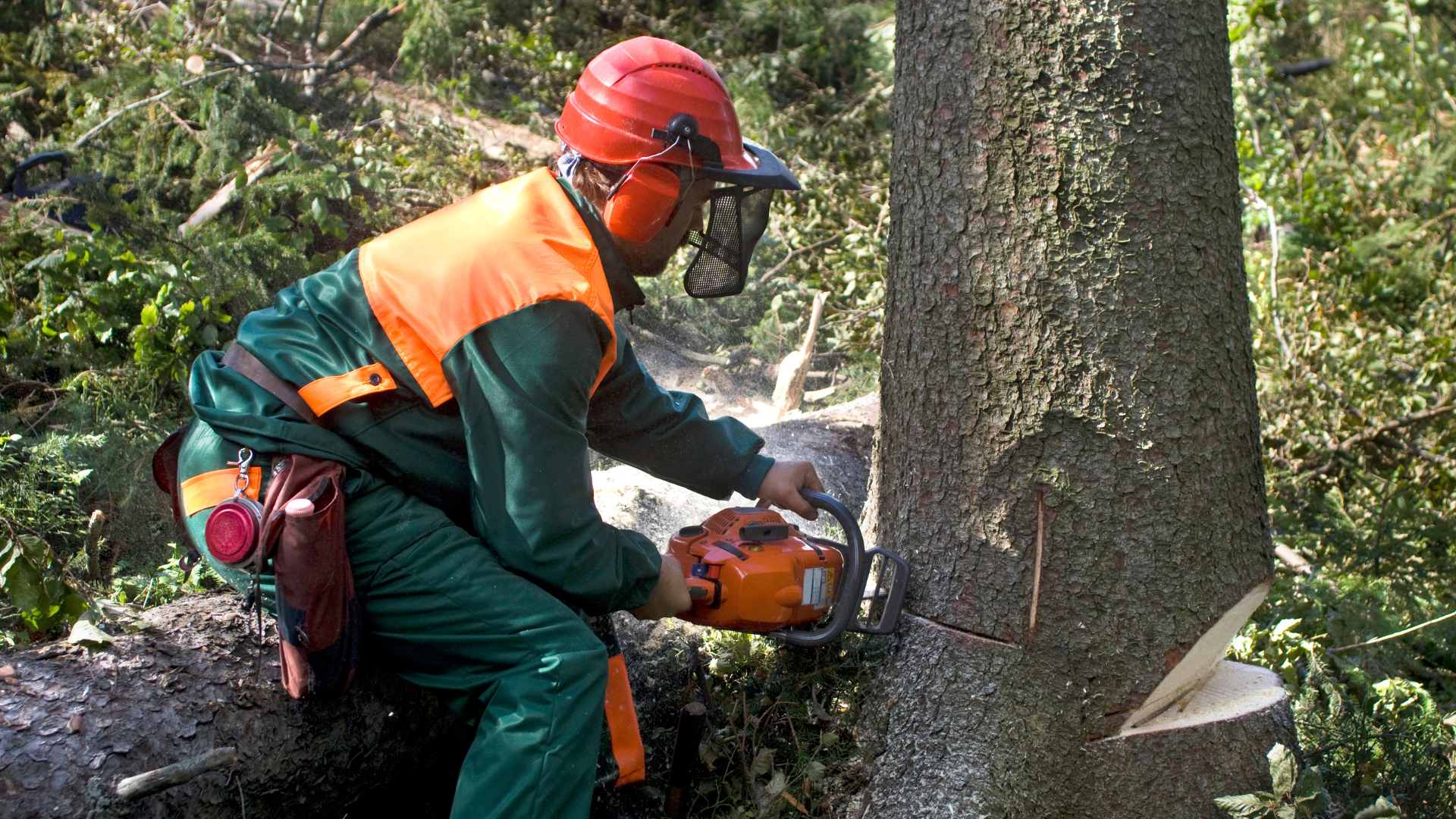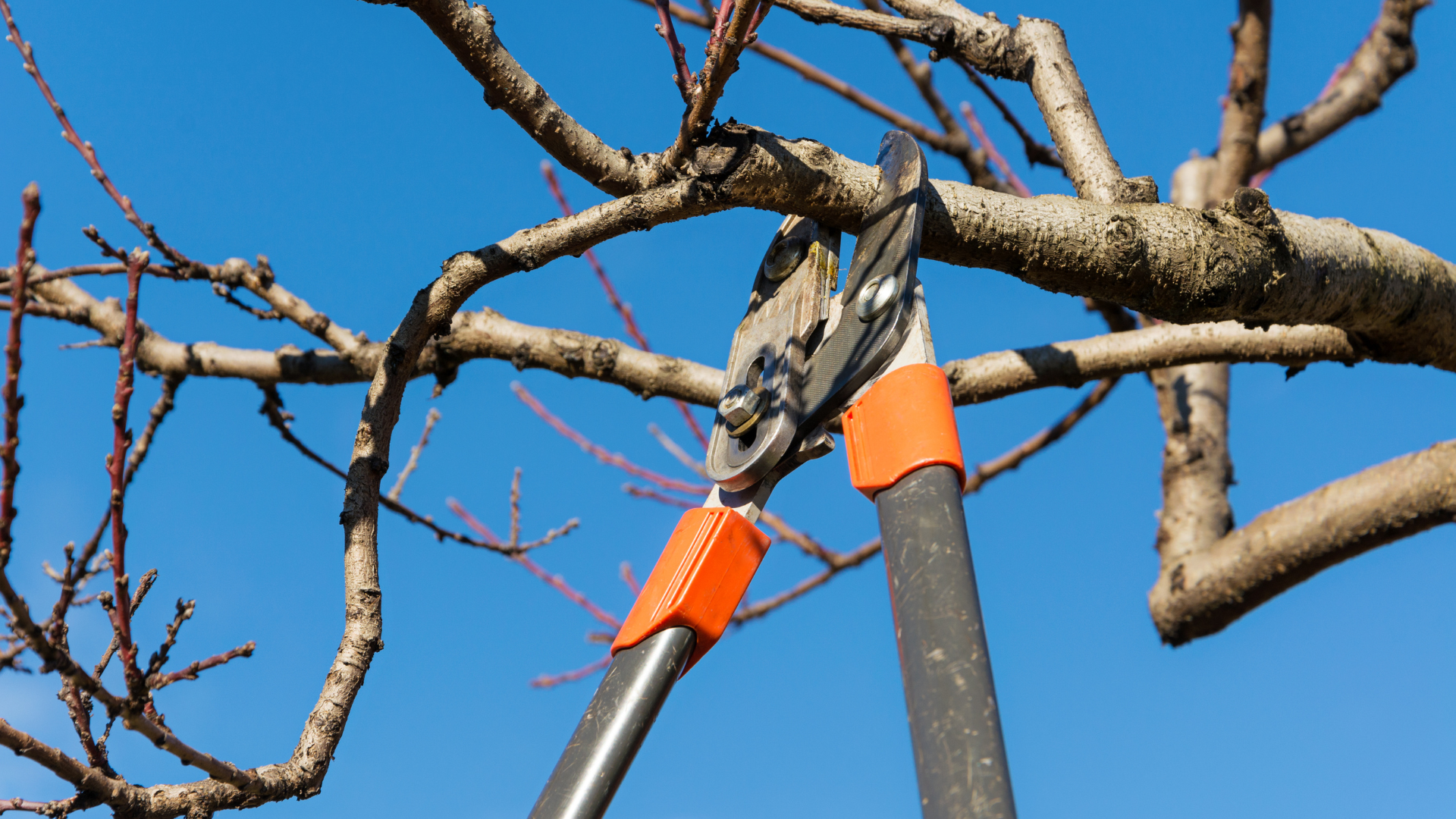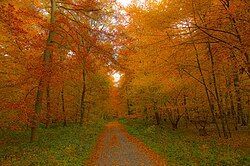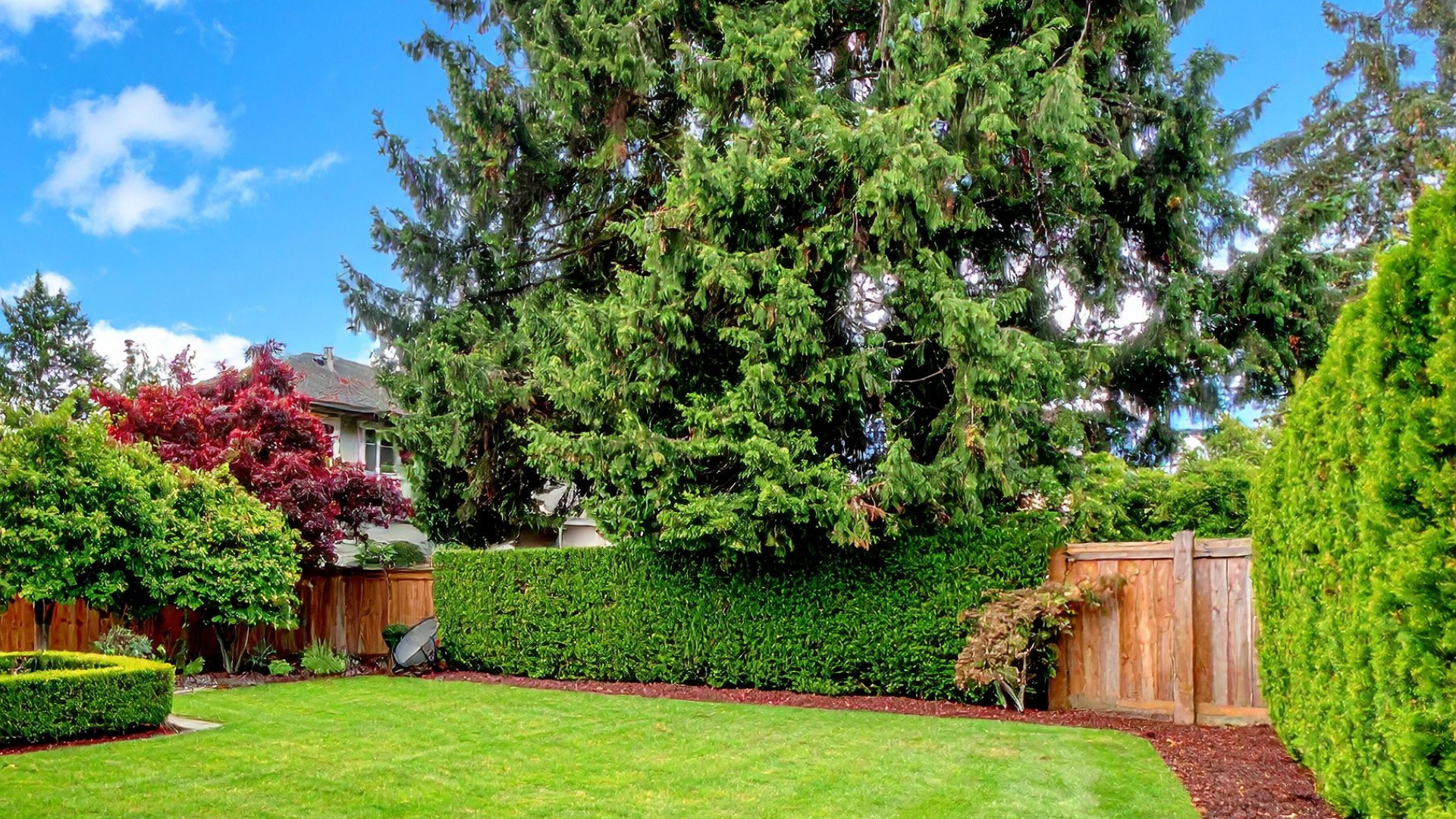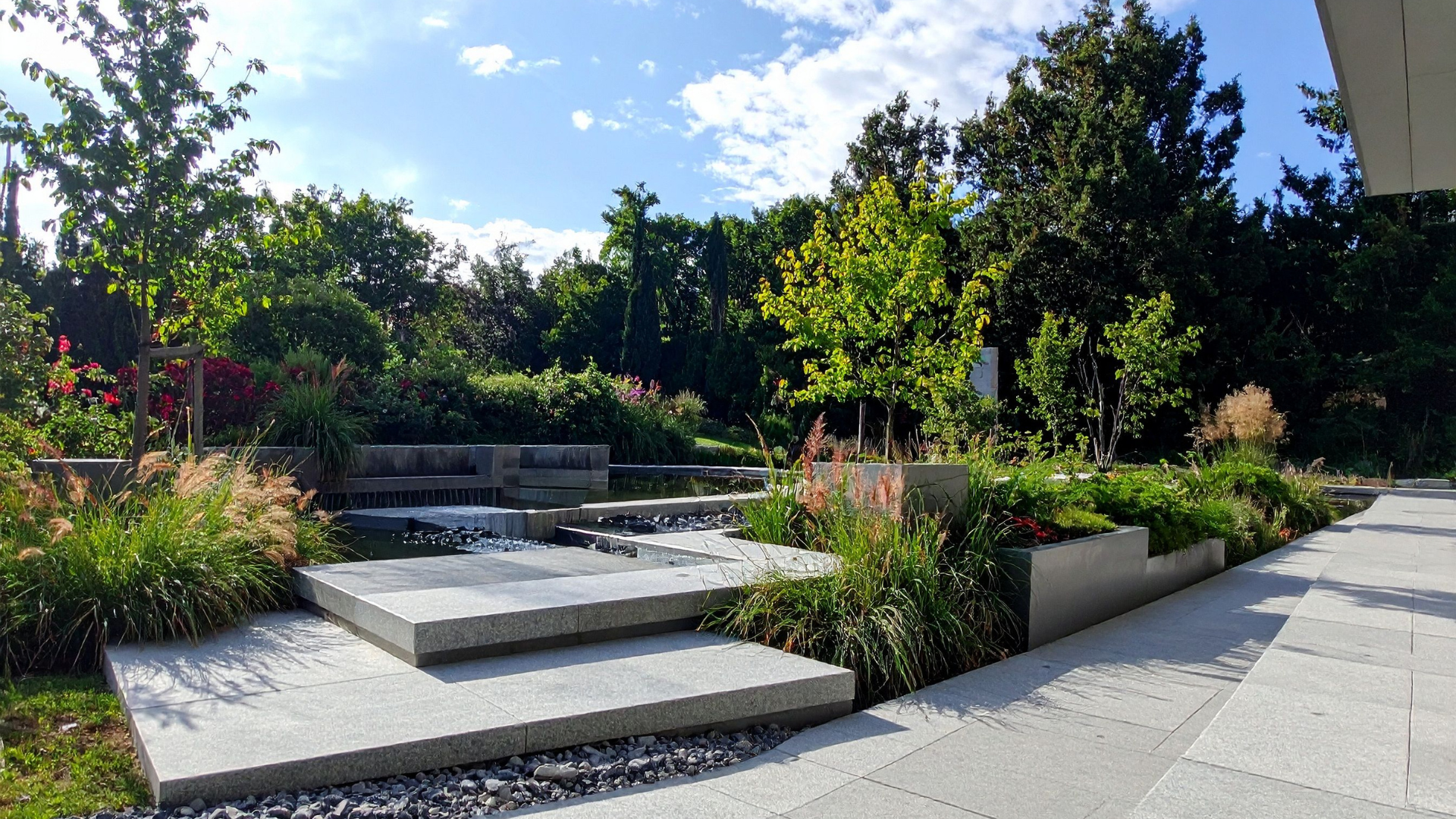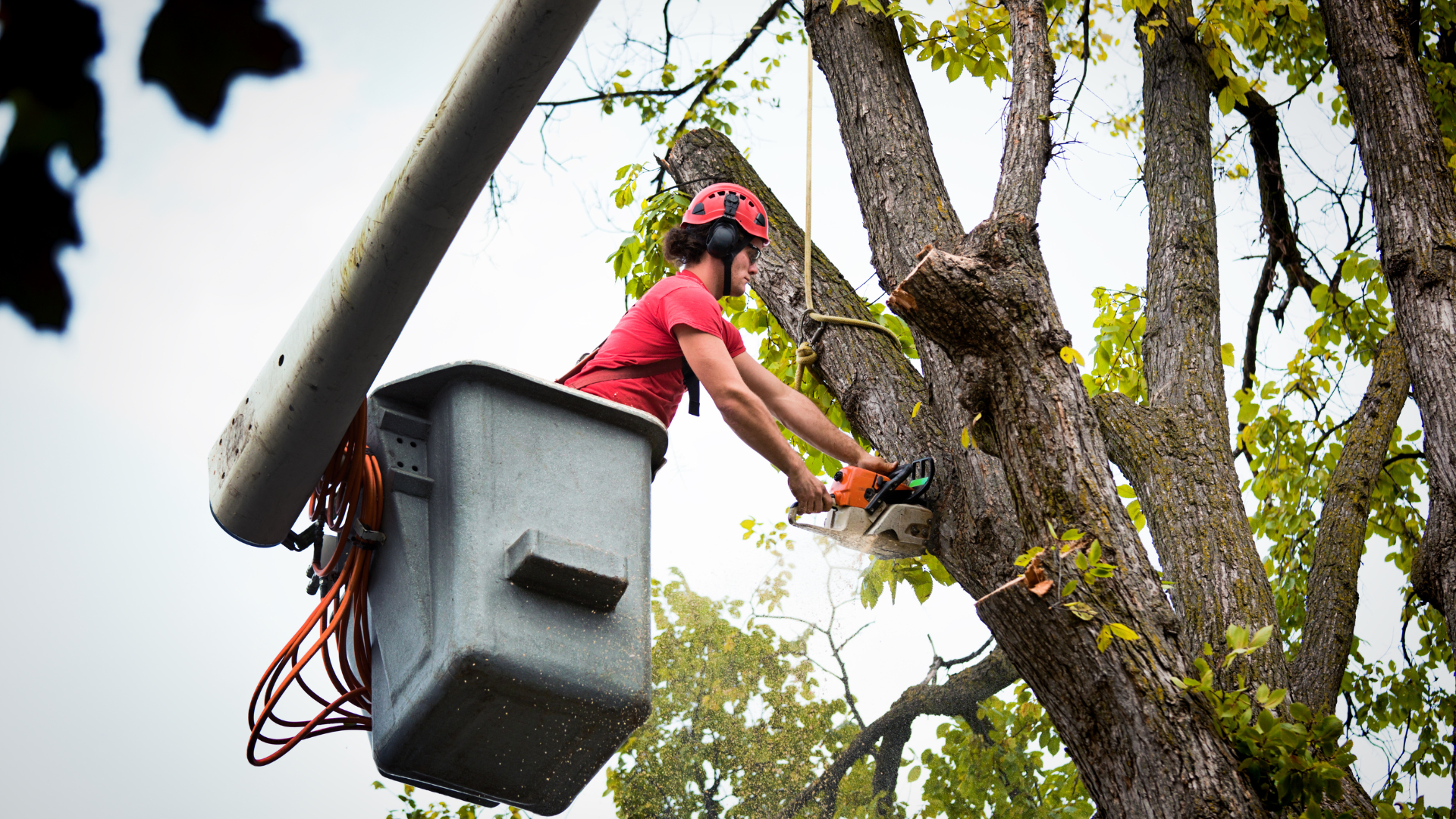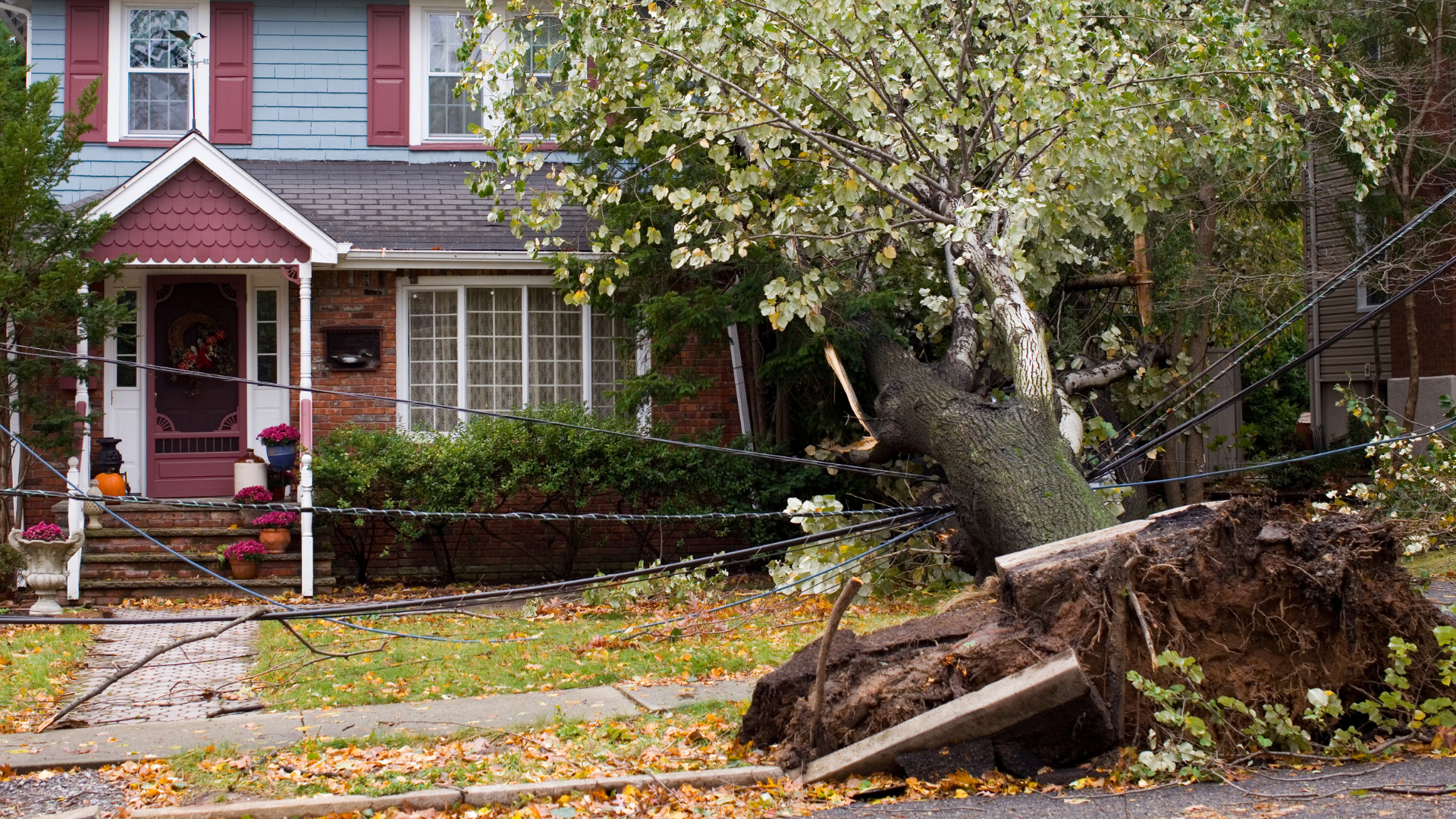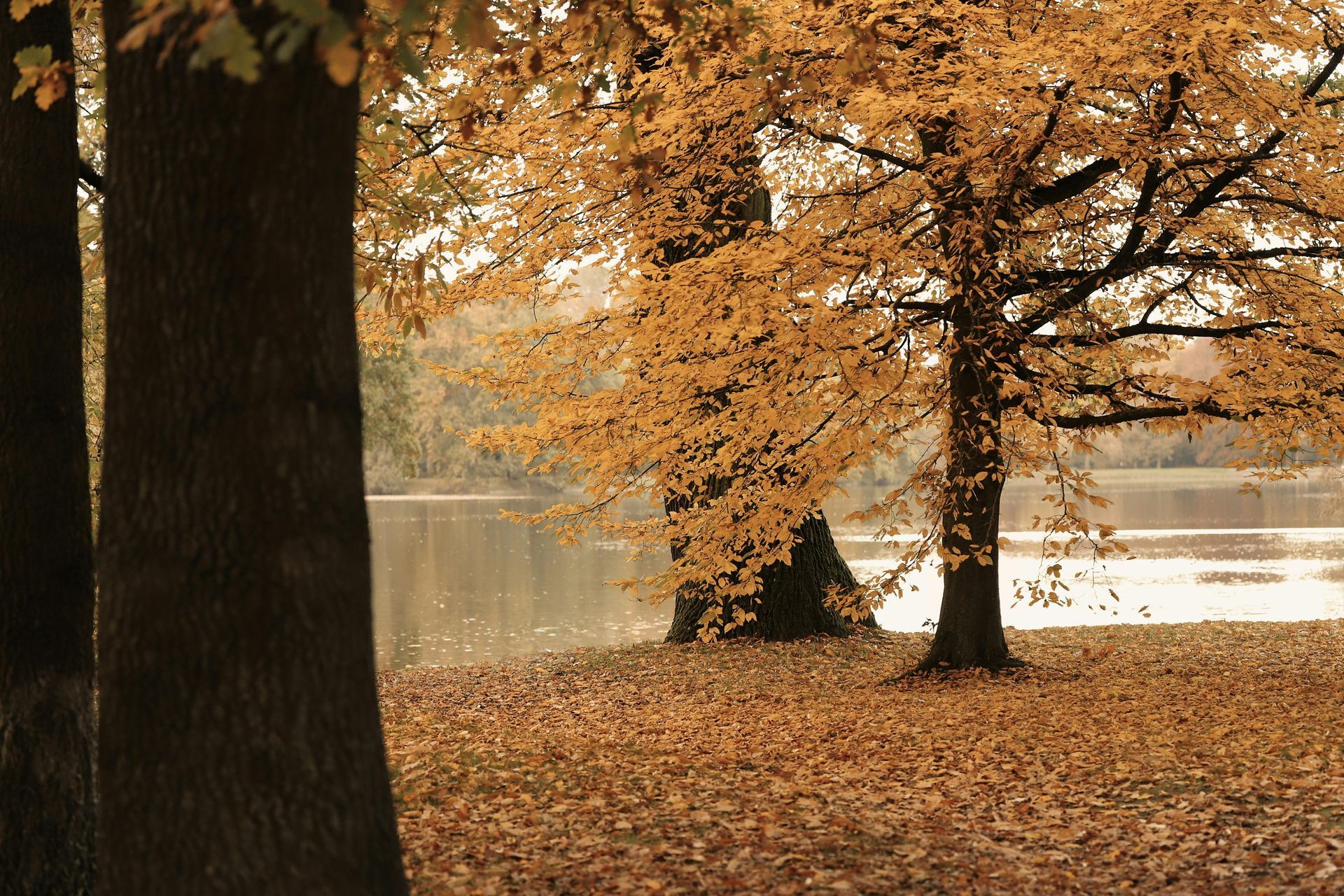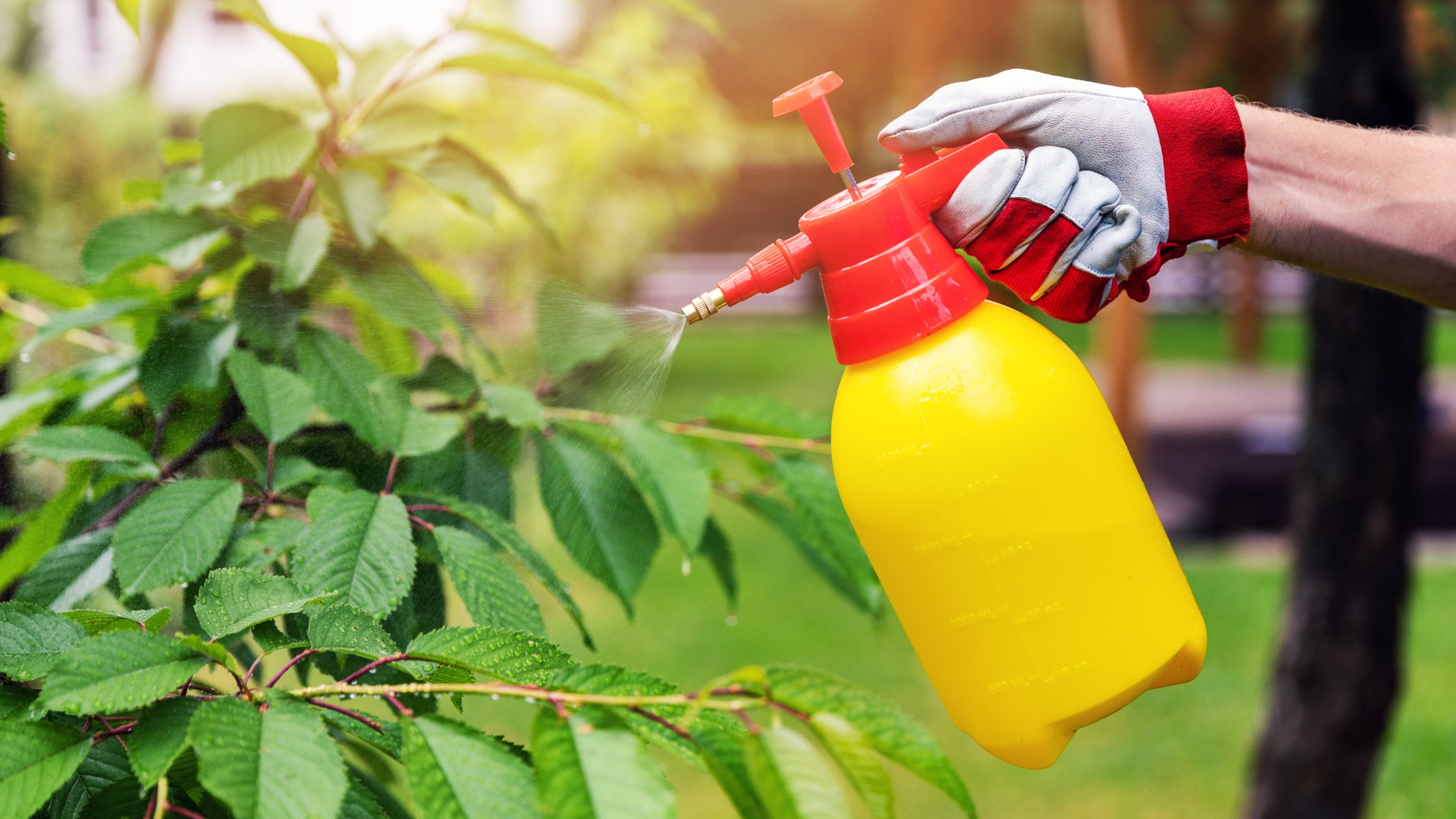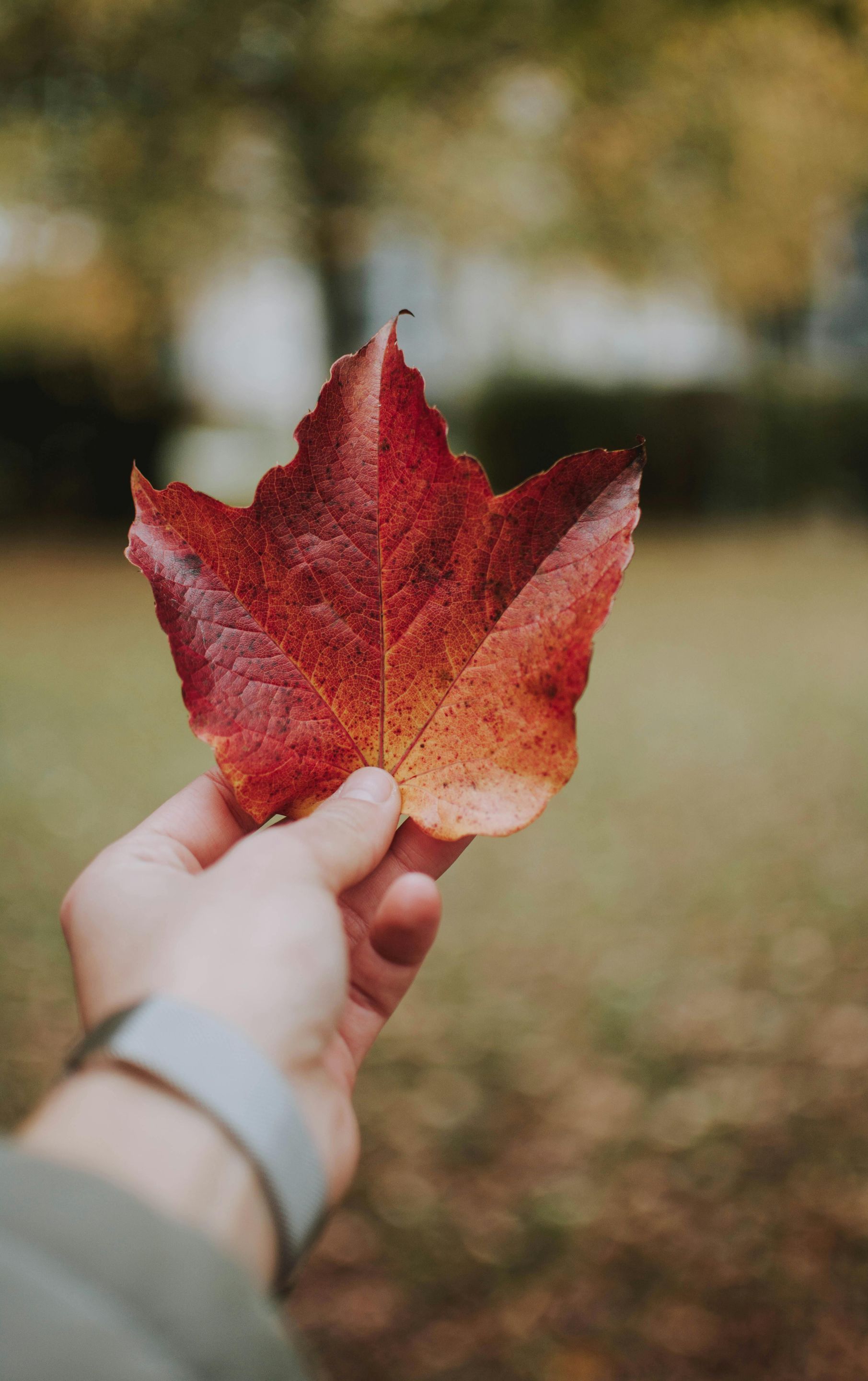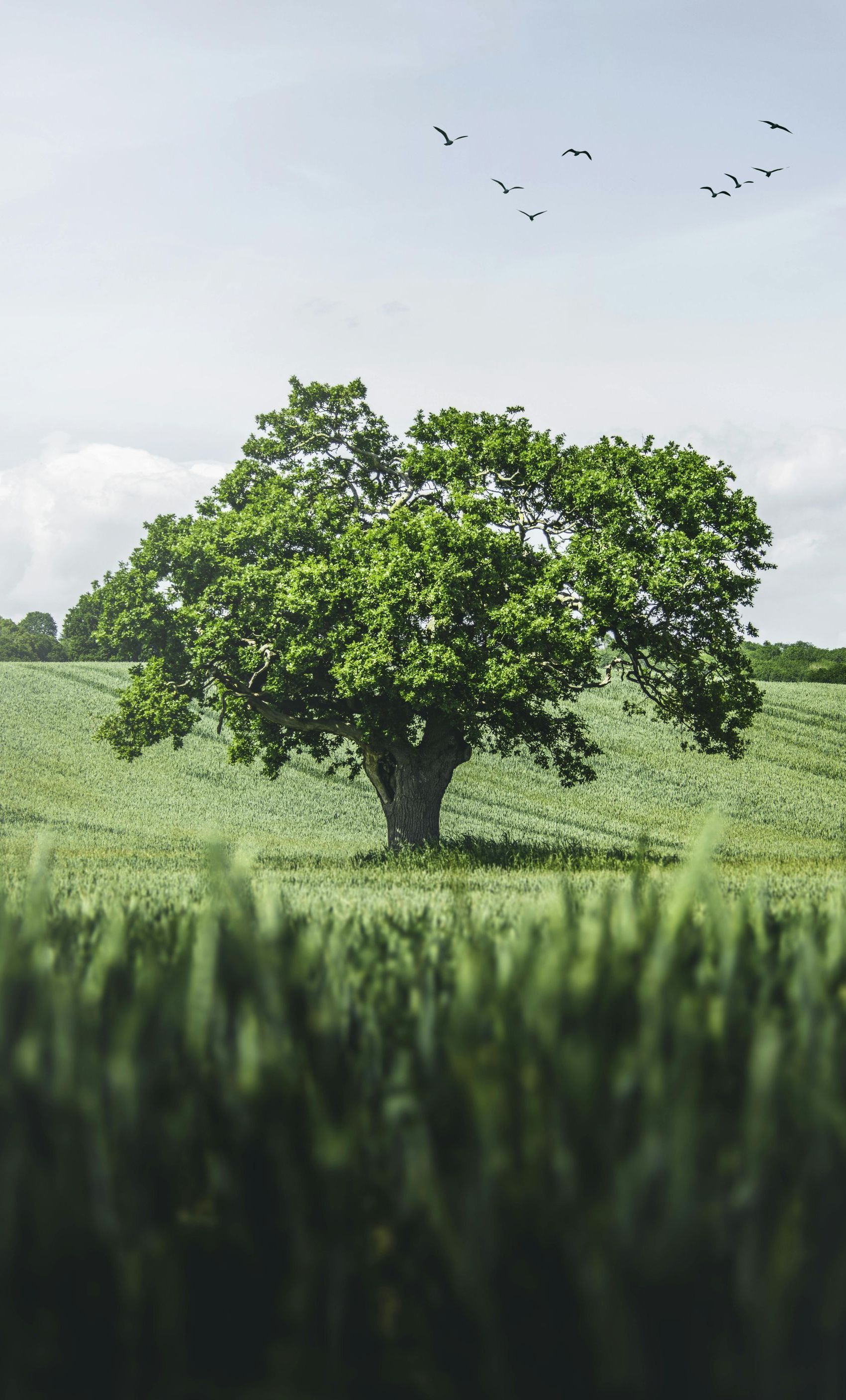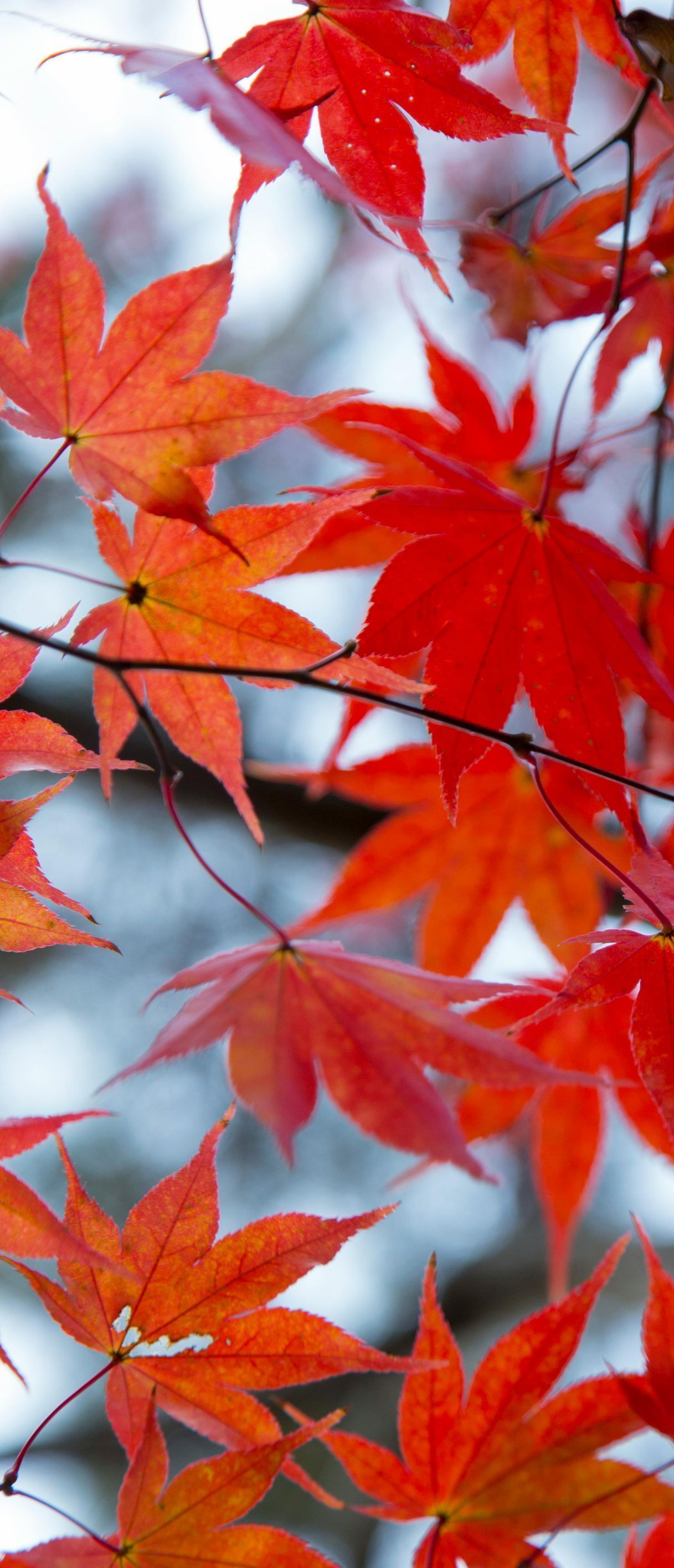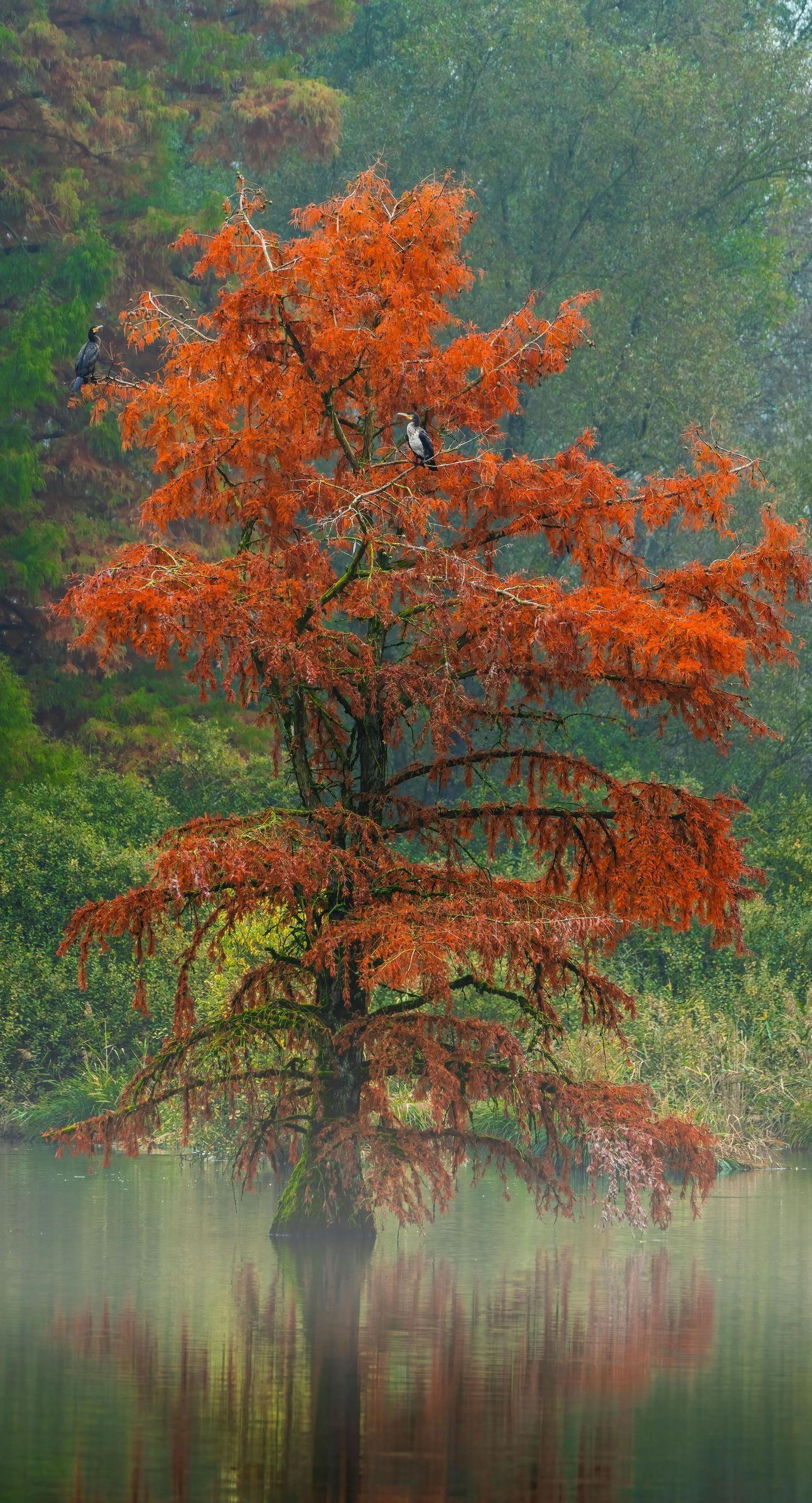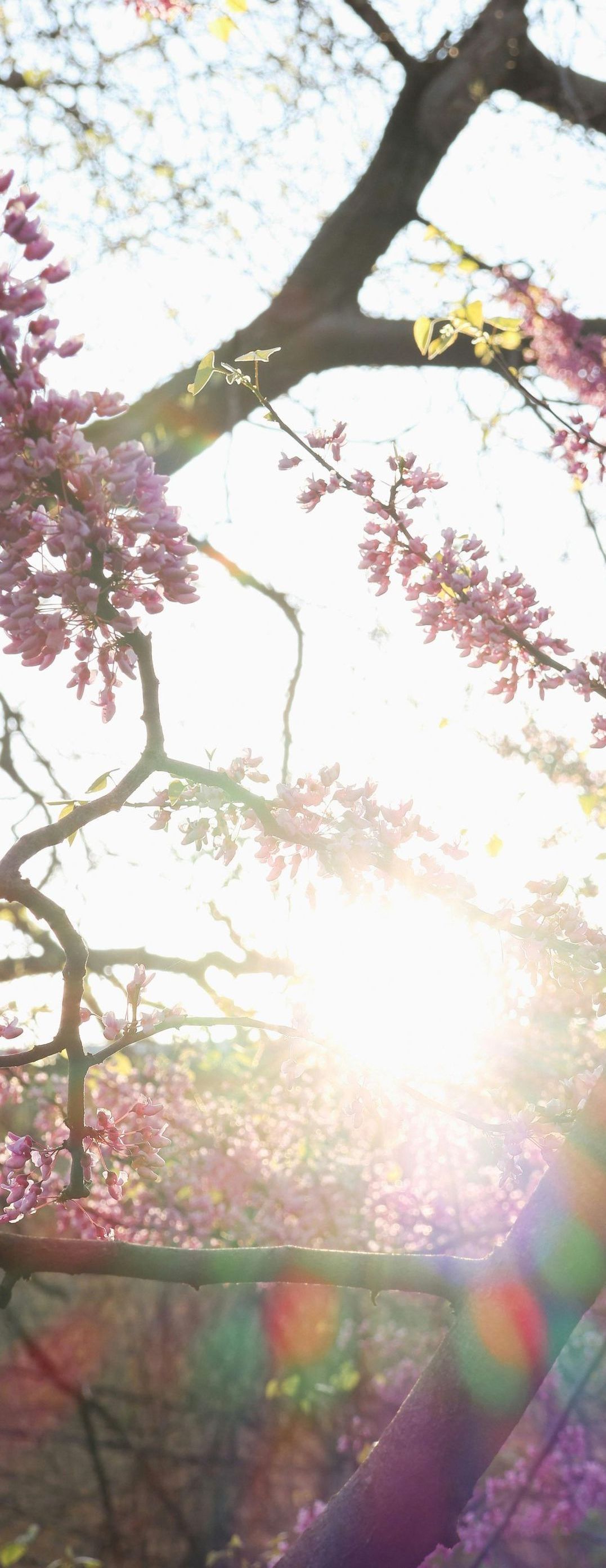The Best Trees to Plant in the Midwest (And Where to Put Them
Thriving in the Midwest
Planting a tree is a long-term investment—not just in your property, but in your environment, your home’s curb appeal, and even future shade and energy savings. But not all trees are equally suited for the Midwest’s unique climate, soil types, and seasonal swings. And even the right tree, if planted in the wrong spot, can become a problem rather than an asset.
At Midwest Tree Surgeons, we are committed to helping homeowners and property managers make smart choices that result in healthy, well-placed trees that thrive for decades. If you’re thinking about planting, here’s what to know about tree selection and placement in the Midwest.
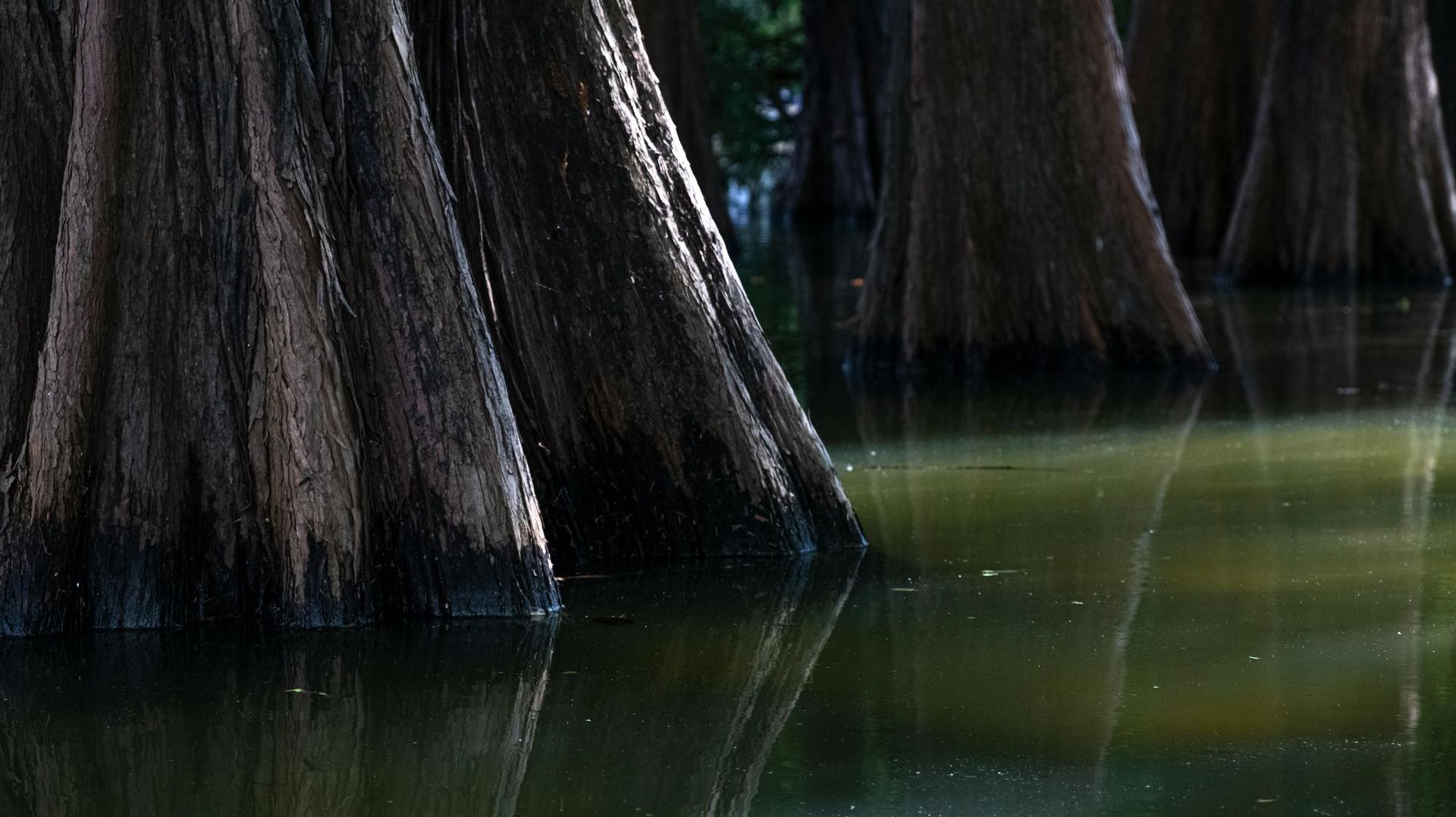
Climate Matters: Choosing Trees That Thrive Here
The Midwest is home to four distinct seasons, with hot, humid summers and cold winters. That range means you need a native tree that can handle both heat and hard freezes, along with high winds, heavy rains, and occasional drought.
Some of the most reliable and resilient choices for Midwest planting include:
- Red Maple (Acer rubrum) – Fast-growing and adaptable, red maples offer beautiful fall color and work well in both urban and rural environments.
- Bur Oak (Quercus macrocarpa)
– A slow grower, but extremely hardy. Great for long-term shade and drought resistance
- Serviceberry (Amelanchier spp.) –
A small, native flowering tree that provides four-season interest and supports local wildlife.
- Eastern Redbud (Cercis canadensis) –
A mid-sized ornamental with striking spring blooms. Ideal for smaller yards.
- American Hornbeam (Carpinus caroliniana) –
A tough, low-maintenance tree that performs well in shaded areas.
- Bald Cypress (Taxodium distichum) – An unusual, moisture-tolerant conifer that thrives in wet soil and brings year-round interest.
These trees are favored not just for their durability, but also for their resistance to common pests and diseases in the region.
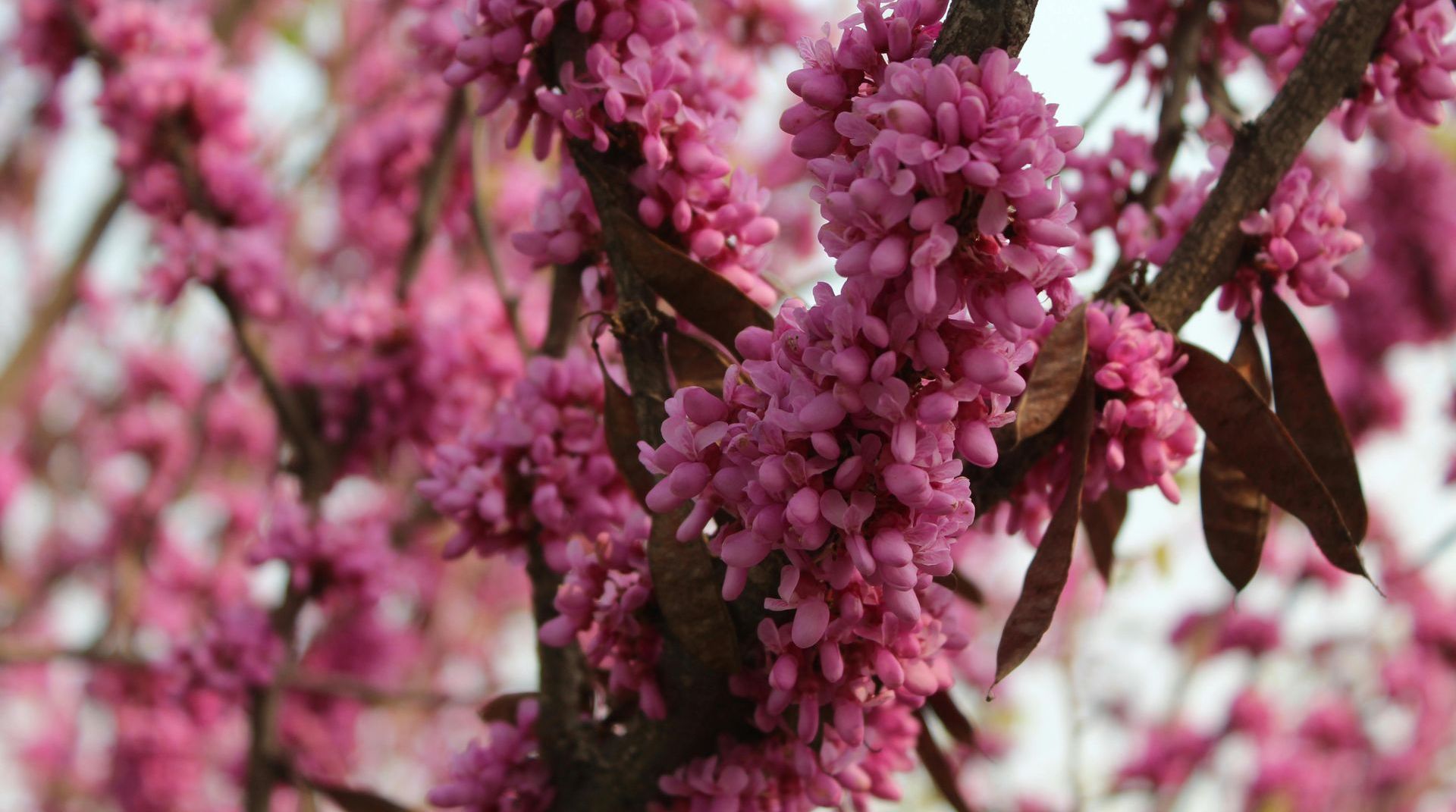
Not All Spots Are Equal: Placement Is Key
Even the healthiest tree can become a problem if planted too close to structures, walkways, or utility lines. Before digging, consider the tree’s mature height and spread, and ask yourself these questions:
- Will it interfere with power lines or gutters when fully grown?
- Will the roots disrupt foundations, driveways, or underground pipes?
- Will it cast unwanted shade on gardens or other trees?
- Is there adequate space for air circulation and sunlight?
As a rule, large shade trees should be planted at least 20–30 feet away from buildings. Smaller ornamental trees can often be placed closer, but still require at least 10–15 feet of clearance depending on the species.
Proper placement also protects the tree’s health by ensuring it gets the right amount of sun and avoids competition from other trees or root systems.

Consider Purpose: What Do You Want the Tree to Do?
Trees can serve many purposes—shade, windbreaks, privacy, aesthetics, or supporting local pollinators. Choosing the right species starts with knowing your goal:
- For shade, look at broad-canopy trees like Red Maple or Bur Oak.
- For seasonal color, Serviceberry, Redbud, and Sugar Maple deliver strong spring and fall visuals.
- For privacy, consider evergreen options like Arborvitae or hybrid spruces (planted in rows).
- For wildlife support, native trees like Oak, Dogwood, and Hawthorn offer food and shelter.
Talk to a certified arborist if you are unsure—it’s easier to plant the right tree than to remove the wrong one later.

Avoiding Common Pitfalls
Here are a few mistakes we often see:
- Planting fast-growing trees too close to homes
- Using non-native species prone to disease (like Bradford Pears)
- Ignoring soil conditions and drainage
- Overcrowding young trees, not accounting for future growth
A proper site evaluation and species selection up front can prevent the need for pruning, root mitigation, or even removal years down the line.
Plan with the Future in Mind
Trees don’t just add beauty—they can increase property value, reduce energy costs, and benefit the environment. But planting should be strategic. A tree that’s healthy, well-suited to the region, and placed with care will offer rewards for generations.
If you’re planning to plant, or want professional guidance on what will thrive on your property, Midwest Tree Surgeons is here to help. Our certified arborists can recommend species, evaluate placement, and ensure your investment starts strong—and stays strong.
